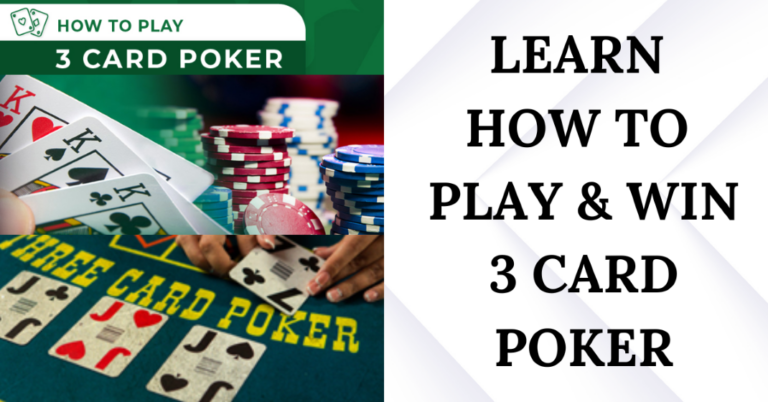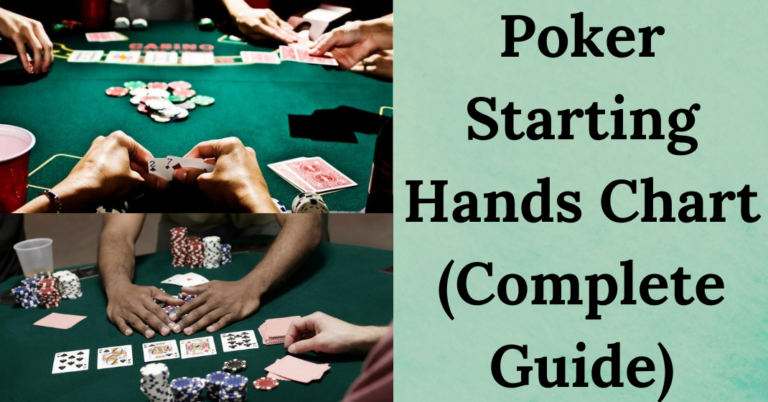What Are Nuts In Poker? (Meaning, Advantages & How To Use)
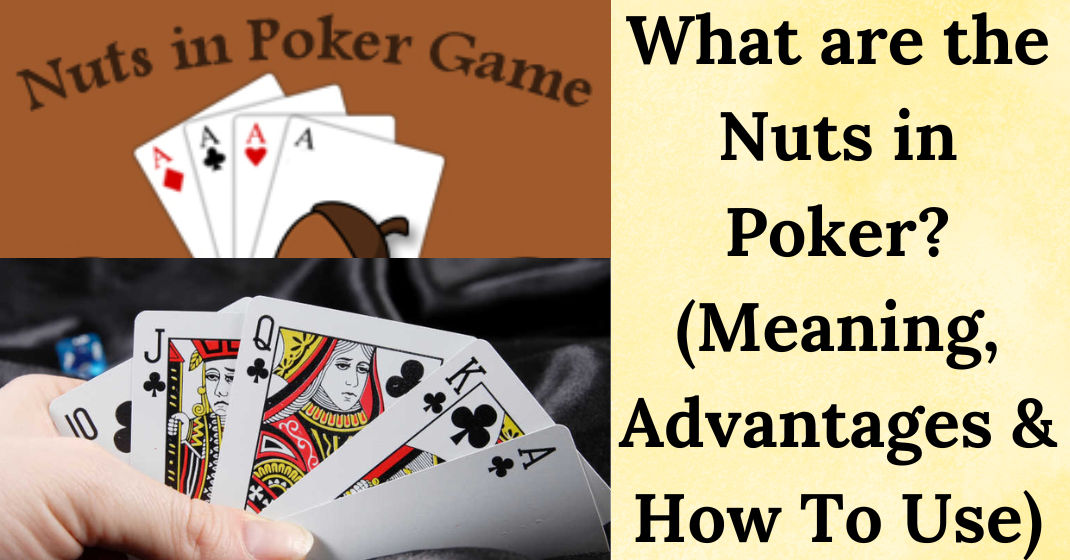
The nuts are one of the most essential concepts in poker strategy. According to poker players, the nuts (or “nut hand”) are the strongest possible hands. Nuts are unbeatable. Taking into account all of the cards dealt to each player and all of the community cards on the board, no other player has a better hand.
When a situation arises, the nut low or high becomes the best hand possible. The best low and high hands can be made simultaneously with a nut-nut hand. Understanding what constitutes the nuts, why it matters, and how to leverage nut hands effectively is key to maximising profit. This guide breaks down everything to know.
DEFINITION OF ‘THE NUTS’ IN POKER
The nuts refer to the best possible hand at any point in a poker hand based on cards visible to players. It represents an unbeatable holding superior to all other possible combinations of hole cards and community cards. The nuts can change street by street as more cards get revealed.
As the legend goes, to prove confidence in a strong poker hand, players in old West saloons would bet the wheel nuts from their wagons, symbolising a promise to pay up if they lost. These cold, hard nuts represented the height of betting power – much like nut hands in modern poker.
Also Read: On The Button Poker: Meaning, Importance & Strategies?
UNDERSTANDING THE NUTS
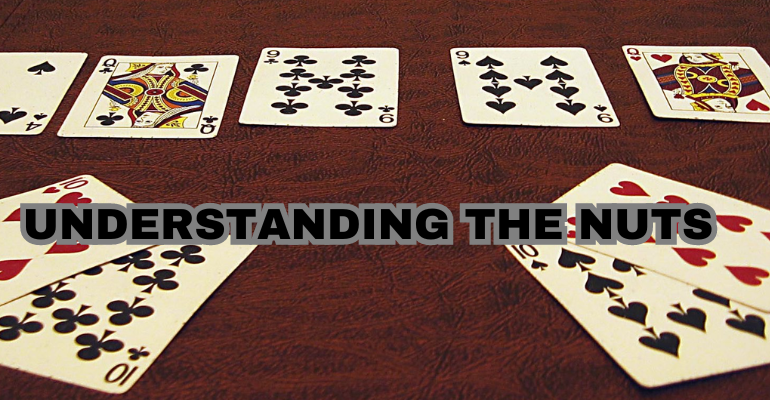
There are two forms of the nuts:
It’s vital to determine if your hand is vulnerable to a better-hidden holding or if it truly is unbeatable.
IMPORTANCE OF THE NUTS IN POKER STRATEGY
Having the nuts provides massive strategic advantages by enabling a player to apply maximum pressure on a hand. Key implications include:
Ability to Value Bet Confidently
Holding the nuts means you cannot lose the hand. This allows aggressive betting for value without fear. For example, if you hold pocket aces preflop for the absolute nuts, you can bet relentlessly for value on every street, knowing that no other starting hand can beat you.
Chance to Trap Opponents
Slow playing with careful checks and calls can lure blur-happy opponents by disguising your hand’s strength. When they finally put significant money in the pot, you spring with a big raise. For instance, say you flop the nut flush—an aggressive opponent without the wild bets big. You just call instead of raising to keep him going. When he continues barreling all-in later, you then snap a call to maximise profit from your disguised nuts.
Improve Bluffing Opportunities
Having the nuts means you are unafraid of getting called down. This enables working in opportunistic bluffs more comfortably. Opponents may be more apt to fold better hands to your elevated aggression. For example, if you have the nut straight on the turn but the board pairs on the river, making your hand appear more vulnerable, you can comfortably push all-in anyway as a bluff, knowing you have the nuts wrapped up regardless of if you get called.
IDENTIFYING THE NUTS
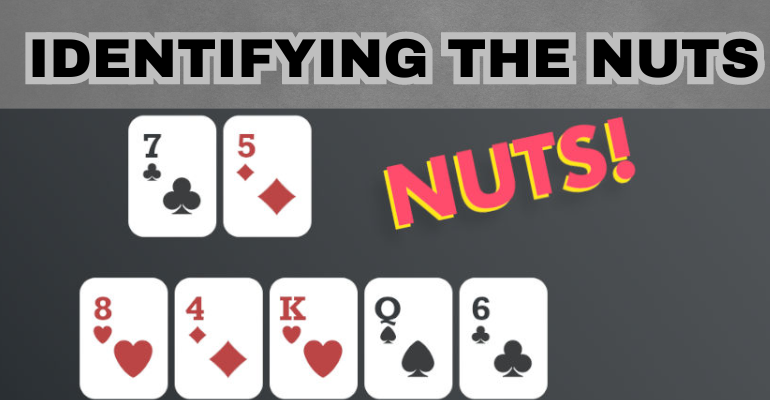
You can’t leverage the strategic power of the nuts if you can’t accurately determine when you hold that pinnacle combination. Key factors include:
Visible Cards
All visible cards influence nut hand values – your hole cards plus community cards on board. But also consider what cards that could influence value remain unseen in the deck.
For instance, having a jack-high flush on a board with three hearts might seem like the nuts. But several unseen higher hearts could still easily exist, meaning your hand is vulnerable rather than the nuts.
Betting Action History
Past actions like check-raises, overcalls, and donk bets provide information on reasonable hand ranges opponents could have. Consider those ranges when gauging what beats what.
Say everyone checks to the river after many preflop and flop actions. Then the initial preflop 3-better suddenly fires all in. His polarised range containing bluffs and monsters means the nuts could credibly be out there.
Pay Attention
Remain concentrated on every detail revealed throughout a hand, not just a narrow focus on your cards. The observational awareness and mental calculus required to conclude hand values and ranges lead to accurately identifying the nuts potential.
PLAYING THE NUTS
Leveraging the strategic opportunities the nuts provides requires thoughtful decision-making tailored to circumstances:
Slow Playing
You may opt to slow play the nuts when:
- The board makes scare cards unlikely (not many draws available)
- Opponents seem to have weaker holdings that could improve
- An aggressive opponent looks eager to bluff
- Going for check-raise trap potential
For example, say you flop the bottom set on a 732 rainbow board in a multi-way pot. It checks to the TAG player on the button who bets over half a pot. Since there are few draws with this board and opponents likely have weaker pairs or Ace-high type hands, you could just flat call instead of raising right away, hoping the button continues blasting later.
Fast Playing
Aggressive betting applies when:
- Many straight and flush draws are present
- You have possible vulnerability for the absolute nuts
- Opponents could easily have very strong holdings themselves
- Going for thin value is needed
As an illustration, suppose you flop top two-pair on a dry Ace-high board with a top kicker. Pre-flop, the loose passive player in the early position limped, then you raised from the button, and he called. On this coordinated board where many two-pairs, sets and overpairs are possible, leading out with a pot-sized bet would be apt to pressure opponents, build the pot while you have a good lead, and set up getting maximum value on later streets.
Also Read: Does Three Of A Kind Beat A Straight? (Poker Hands)
COMMON MISTAKES TO AVOID
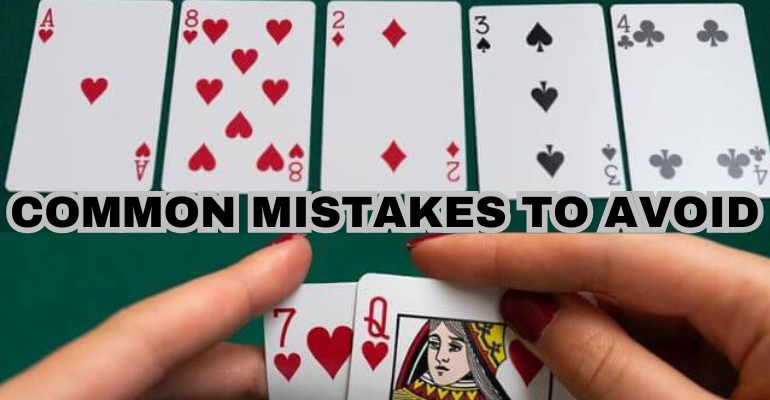
CONCLUSION
The nuts represent the pinnacle of power in poker hands. As the best possible holding, nuts enable a player to apply maximum pressure and extract the most value. While the nuts dynamically shift from street to street as community cards get revealed, understanding when you have them versus viable nut-outs for opponents provides a key edge. Mastering play with the nuts separates winning players from the rest.

